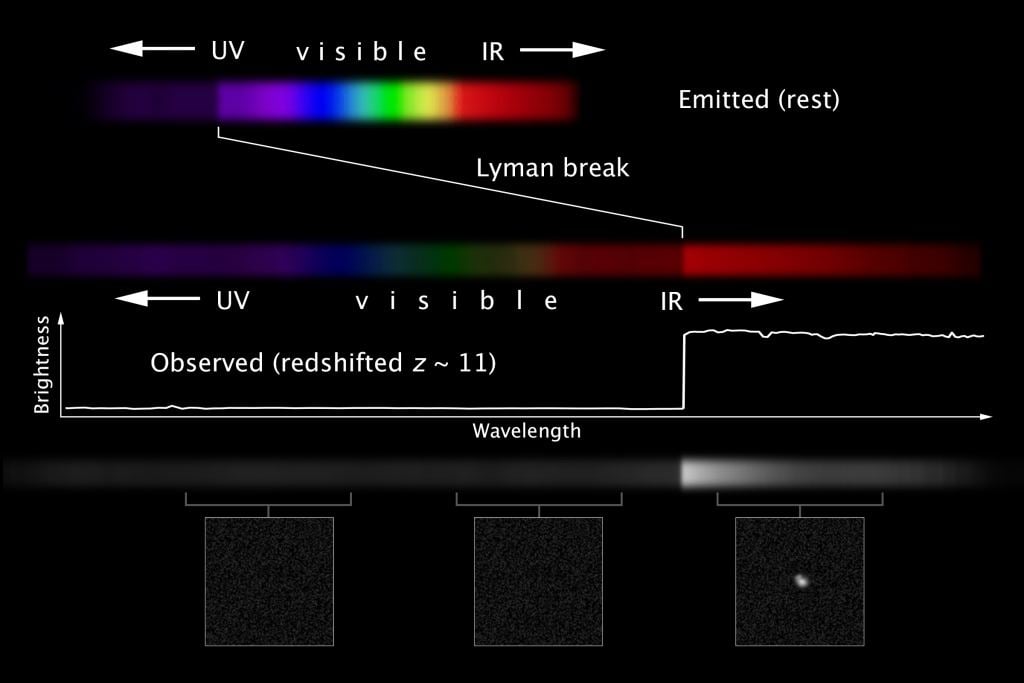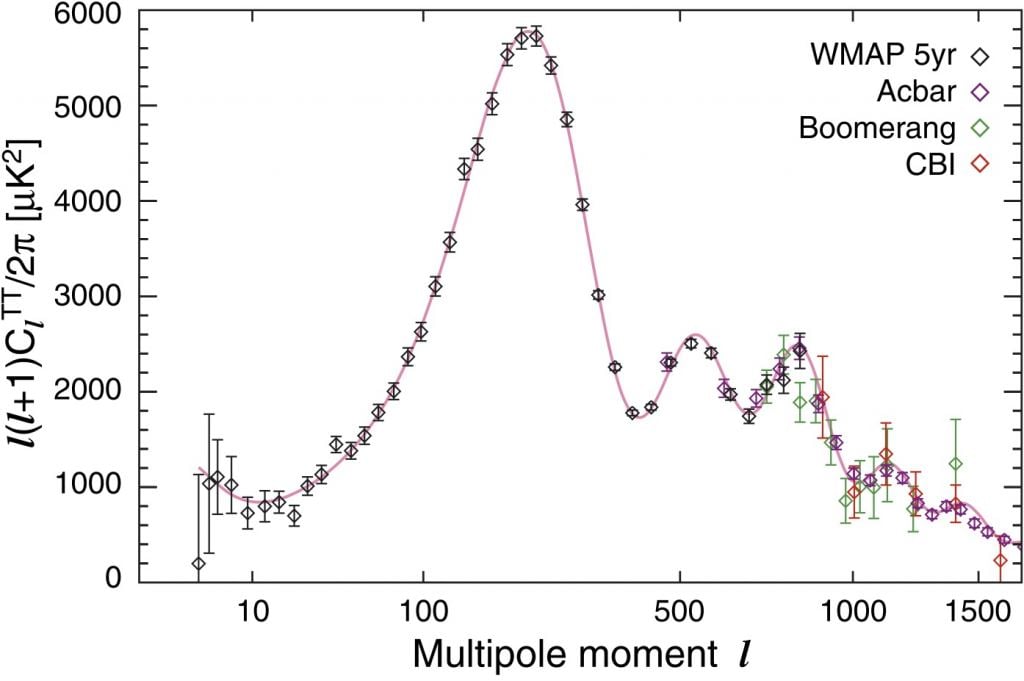Once again a new measurement of cosmic expansion is encouraging astronomers to reconsider the standard cosmological model. The problem is the Hubble constant and dark energy. While we have a broad understanding of dark energy, pinning down the value of the Hubble constant has been a problem, since different measurements keep getting different results. Now a new study has been published which further complicates things.
The standard model of cosmology is known as the Lambda Cold Dark Matter (LCDM) model. Lambda stands for Einstein's cosmological constant in his theory of relativity. This constant is another way of writing the Hubble constant. In the standard model, the cosmic expansion is an inherent property of space and time, and the value of the Hubble constant gives us its cosmic rate.
If the standard model is correct, then the Hubble constant should have a unique value. It's just a question of determining what it is. And this is where the problem lies. The original way to find the value is the way Hubble did it. Simply compare the distance of a galaxy as determined by variable stars or supernovae to the redshift of the galaxy, which tells us the galaxy's relative motion to us. The current value of this method is about 71 – 75 (km/s)/Mpc.
Another common method looks at the cosmic microwave background (CMB). This remnant glow of the big bang has small fluctuations in temperature at certain scales. They were caused by were formed during the hot dense state of the early universe, and were spread out as the universe expanded. By measuring the scale at which these fluctuations are most common, we can determine the rate of cosmic expansion. This method gives a Hubble value of about 67 – 68 (km/s)/Mpc.
These two results contradict each other. Astronomers like to say the results are in tension with each other, but that's just a fancy way of saying they straight-up disagree. But these are only two methods, so astronomers have been looking at other ways to measure the Hubble constant, the idea being that they should start to cluster around a common value. Earlier this month I wrote about a method that used the clustering of galaxies on large scales, known as Baryon Acoustic Oscillations (BAO). It gave a result that agreed with the supernova method.
This new study is a fourth way to measure the Hubble constant. It looks at the light from astronomical masers. A maser or MASER is the stimulated emission of microwave light. It is just like a laser, but with microwave radio light instead of visible light, and just like lasers, masers emit light that is extremely coherent and monochromatic. This lets astronomers make extremely accurate redshift measurements. Astronomical masers are produced by water orbiting the supermassive black holes of galaxies, so they give you the redshift of the galaxy.
They also give astronomers the distance of the galaxy. The water orbits the black hole as part of the accretion disk, so one side of the disk is orbiting towards us, while the other side orbits away from us. So not only is there an overall redshift of the galaxy, there is a relative blueshift and redshift on either side of the black hole. Measuring the width between either side gives us the apparent size of the accretion disk, and the orbital speed gives us the actual size. Comparing the two gives us the distance of the black hole, and thus the galaxy.
This maser method gives us the same measurements as the supernova method, but it's completely independent. The maser result is 72 – 77 (km/s)/Mpc. While this result does overlap with the supernova method, it is even further from the CMB method. Rather than clustering around a single value, new methods seem to be widening the gap between results.
At this point, there is no getting around the fact that something isn't right about the standard model. The answer is out there, but for now, it continues to allude us.
Reference: Pesce, D. W., et al. " The megamaser cosmology project. XIII. Combined Hubble constant constraints." *The Astrophysical Journal Letters* 891.1 (2020): L1.
 Universe Today
Universe Today



